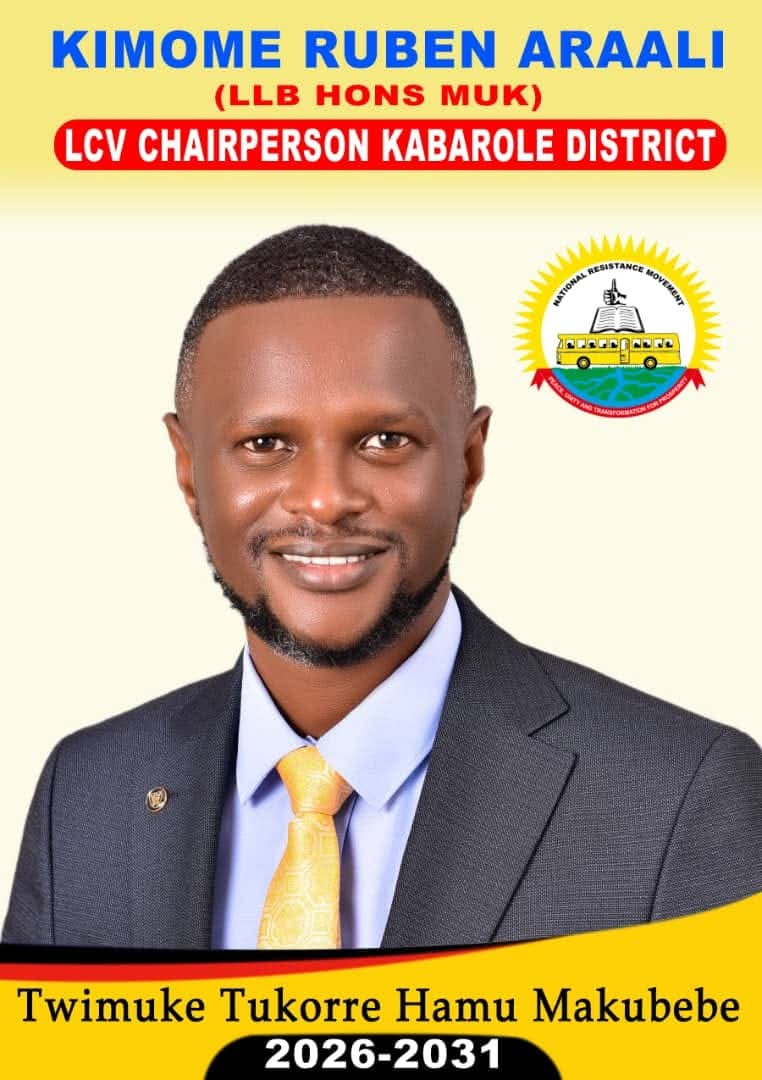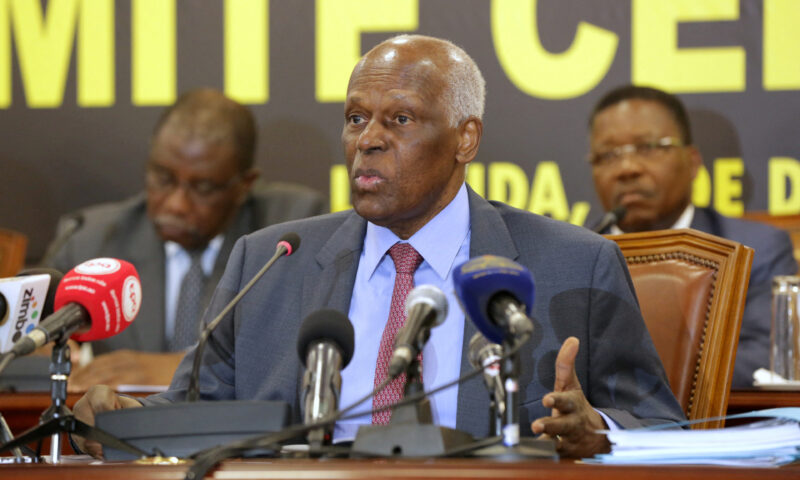By Spy Uganda Correspondent
Dos Santos died at 11.10am Spanish time at the Barcelona Teknon clinic following a prolonged illness, the presidency said.

The announcement said dos Santos, who ruled Angola for almost 40 years from 1979, was “a statesman of great historical scale who governed … the Angolan nation through very difficult times.”
Dos Santos had mostly lived in Barcelona since stepping down in 2017 and he reportedly had been undergoing treatment there for health problems.

Angola’s current head of state, Joao Lourenco, announced five days of national mourning starting Friday, when the country’s flag will fly at half-staff and public events are canceled.

One of Africa’s longest serving leaders, dos Santos came to power four years after Angola gained independence from Portugal and became enmeshed in the Cold War as a proxy battlefield. His rule was marked by a brutal civil war lasting nearly three decades against US-backed UNITA rebels and a subsequent oil-fueled boom.

His political journey spanned single-party Marxist rule in post-colonial years and a democratic system of government adopted in 2008. He voluntarily stepped down when his health began failing.
In public, dos Santos was unassuming and even appeared shy at times. But he was a shrewd operator behind the scenes.
He kept a tight grip on the 17th-century presidential palace in Luanda, the southern African country’s Atlantic capital, by distributing Angola’s wealth between his army generals and political rivals to ensure their loyalty. He demoted anyone he perceived to be gaining a level of popularity that could threaten his command.
Dos Santos’ greatest foe for more than two decades was Jonas Savimbi, leader of the UNITA rebels whose post-independence guerrilla insurgency fought in the bush aimed to oust dos Santos’ Popular Movement for the Liberation of Angola, or MPLA.
The Angolan strongman frequently described himself as an accidental president, taking the reins after Angola’s first leader, Agostinho Neto, died during cancer surgery in 1979.
With Neto having only served for four years and the 37-year-old dos Santos regarded as a relatively weak outside candidate, few could have imagined he would go on to rule for just shy of four decades.
But dos Santos proved an extremely astute politician.
In 2003, dos Santos banished his party’s secretary general to a junior position for appearing a little too eager to replace him. João Lourenço would have to wait 14 years to finally get his wish to become Angola’s next president.
Humble Roots, Grand Ambitions
Born on August 28, 1942 to immigrant parents from the archipelago of Sao Tome, dos Santos was raised in the poor Luanda neighbourhood of Sambizanga. His father was a builder, his mother a maid.
But from a young age dos Santos had grander ambitions and joined the then-nascent MPLA.
Like many of his fellow liberation fighters, he spent his early 20s in exile in the Republic of Congo before moving to Baku in Azerbaijan, then part of the Soviet Union, to study petroleum engineering. There he met his first wife, Tatiana Kukanova, a Russian chess champion with whom he had his first and most famous daughter – Isabel dos Santos.
By 1977 and the death of Neto, dos Santos was among half a dozen senior MPLA members with a shot at the leadership. He won partly because he seemed the weakest candidate.ngola’s former president Jose Eduardo dos Santos, who ruled Africa’s second biggest oil producer for nearly four decades, has died aged 79, the Angolan presidency said Friday.








